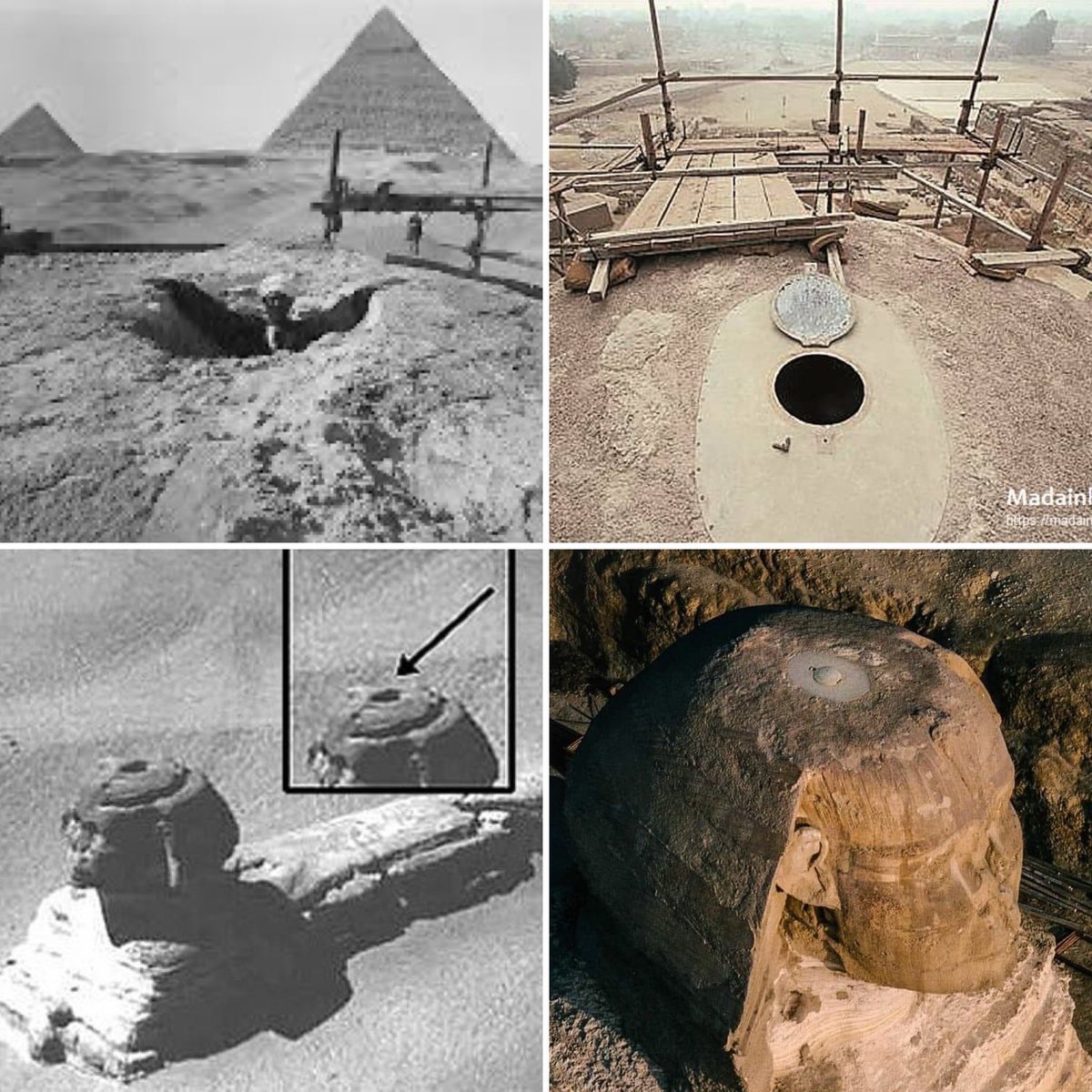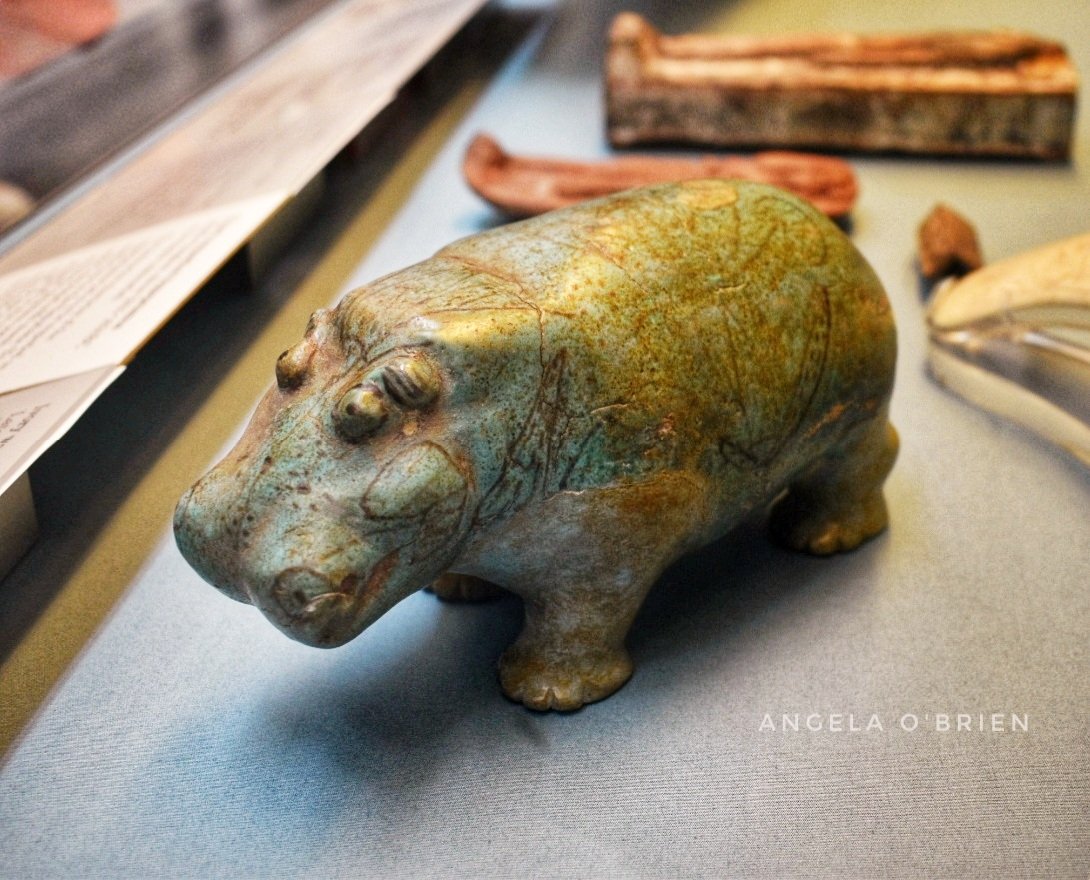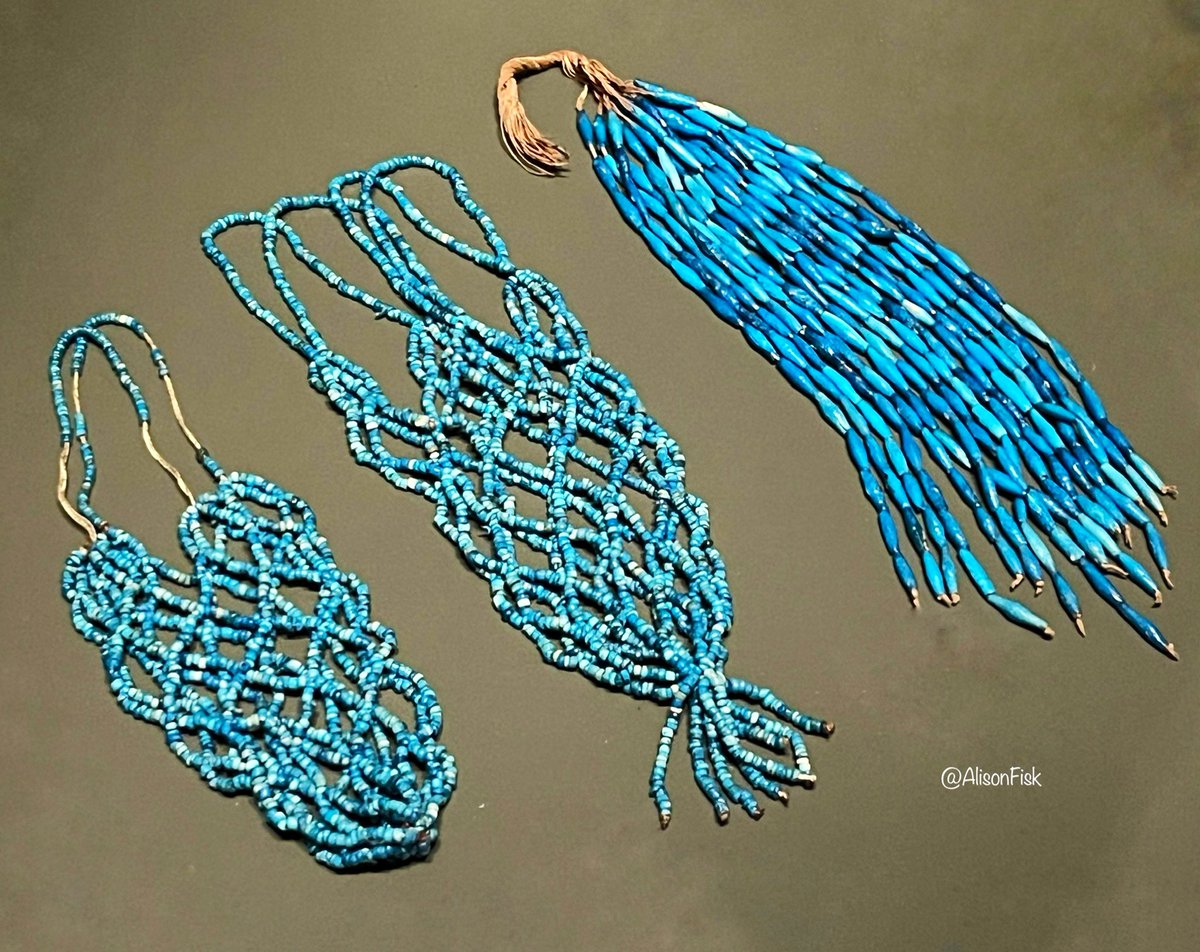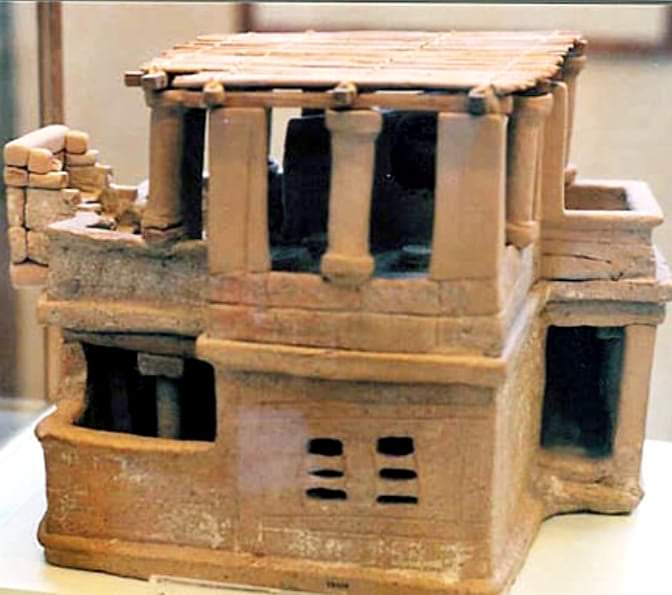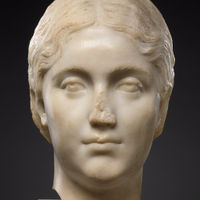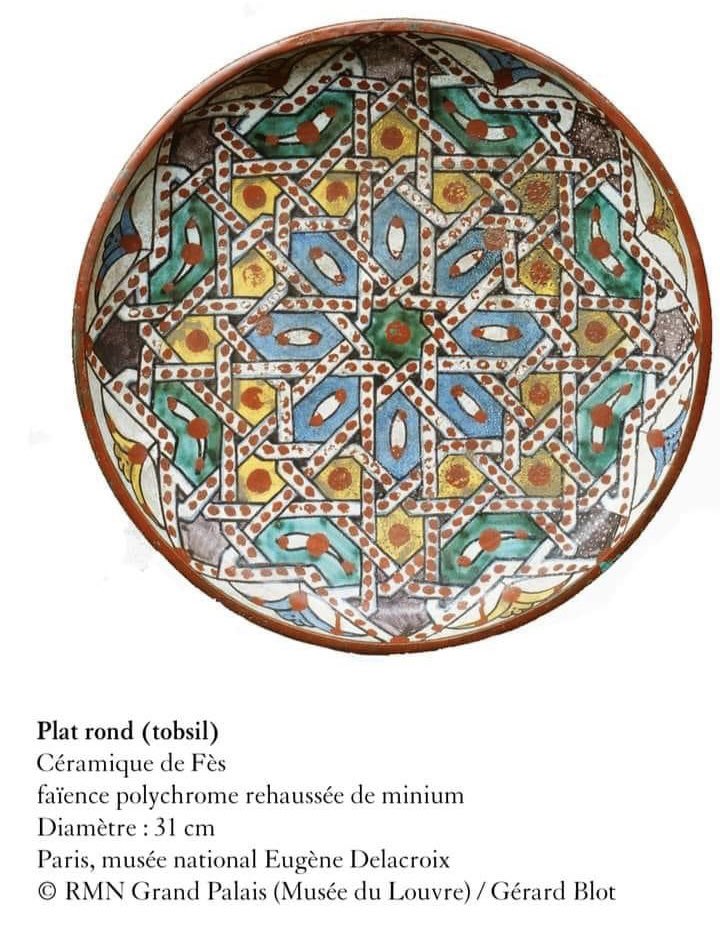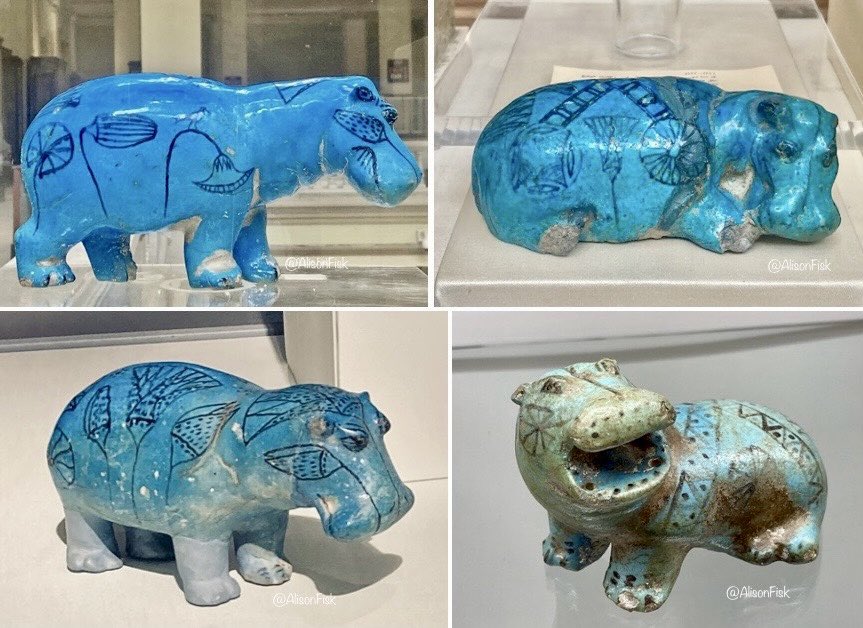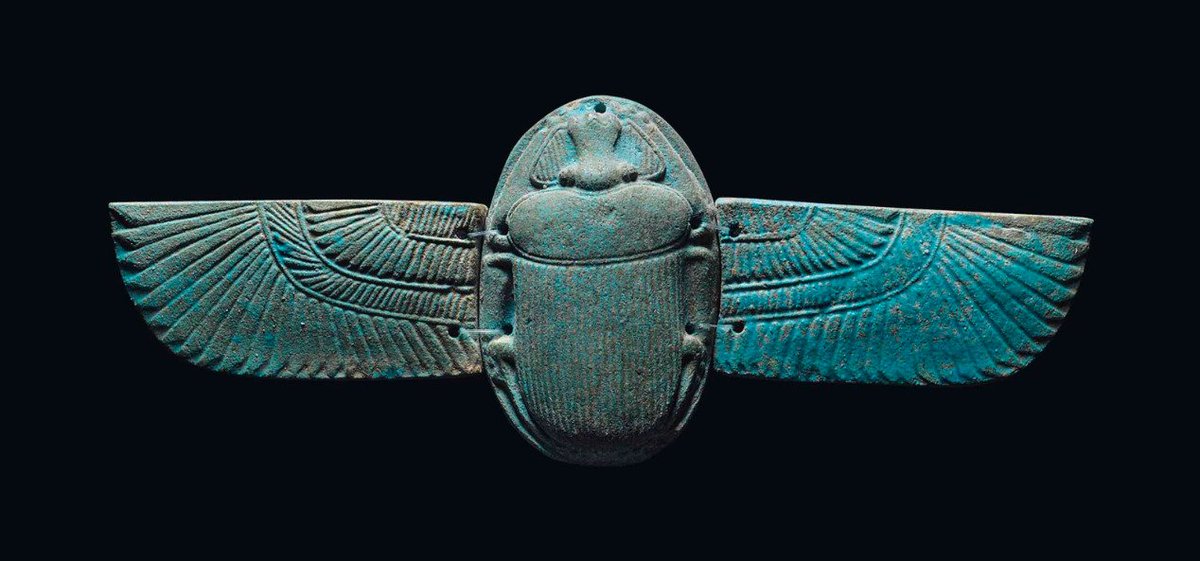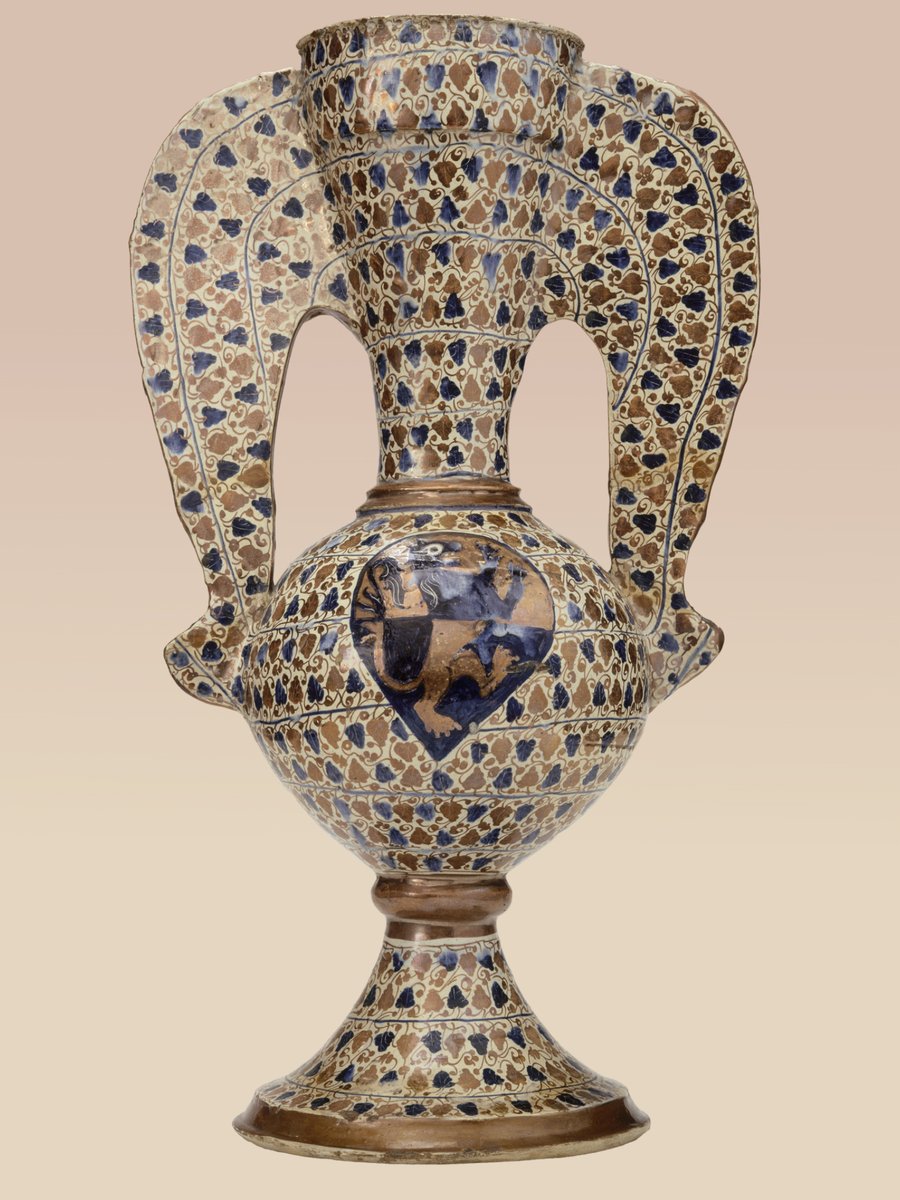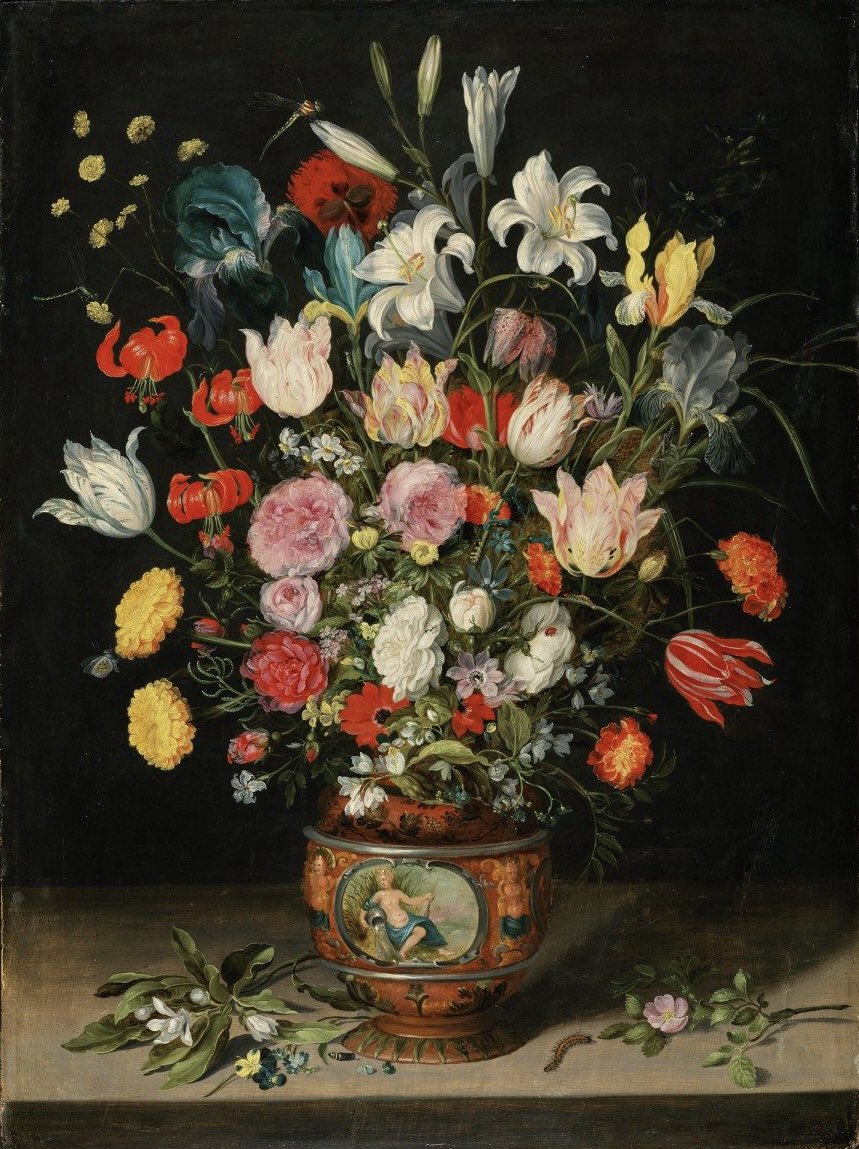


A 4,500 year-old ancient Egyptian beadnet dress. The earliest surviving example of such a garment. Faience and gold. Dynasty 4, reign of Khufu, 2551–2528 BC. Excavated from a tomb at Giza in 1927. 📷: © Alison Fisk
#Archaeology






The Grosvenor Picture Palace, #Manchester first opened in 1915. Now a pub, the building is faced with faience and terracotta tiles in green and cream for #TilesonTuesday





.Jean-Claude Beaujour sur E.Macron qui veut organiser un référendum sur le dégel du corps électoral en Calédonie
'Si nous ne réglons pas la question politique nous laisserons deux communautés vivre en chien de faïence et survivre. Il faut suspendre le processus'
youtu.be/5BsSy4miQ5M

Archives Diocèse Belfort-Montbéliard Vous aussi, vous appartenez à la team #assiettes dans les #archives !
Ci-dessous, un élément du service en faïence de Gien d'un évêque Diocese66 du XIXe siècle, Mgr Caraguel (1877-1886).
[AHDP, objet n° 25]
![Bibliothèque & Archives diocésaines de Perpignan (@BibdiocPerpi) on Twitter photo 2024-05-28 07:22:51 @ArchivesDbm Vous aussi, vous appartenez à la team #assiettes dans les #archives !
Ci-dessous, un élément du service en faïence de Gien d'un évêque @Dioceseperpi du XIXe siècle, Mgr Caraguel (1877-1886).
[AHDP, objet n° 25] @ArchivesDbm Vous aussi, vous appartenez à la team #assiettes dans les #archives !
Ci-dessous, un élément du service en faïence de Gien d'un évêque @Dioceseperpi du XIXe siècle, Mgr Caraguel (1877-1886).
[AHDP, objet n° 25]](https://pbs.twimg.com/media/GOphCjqXUAAglhV.jpg)




